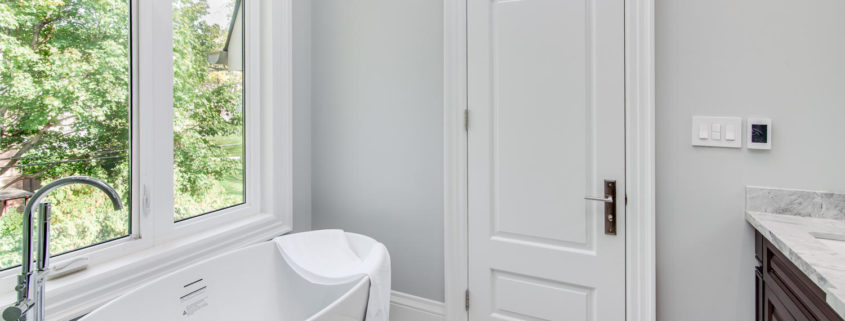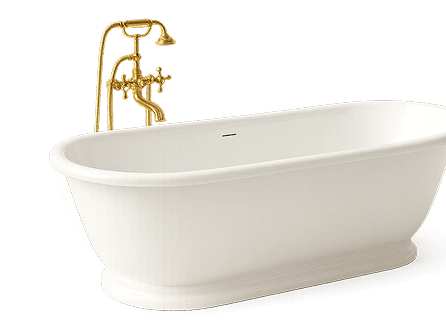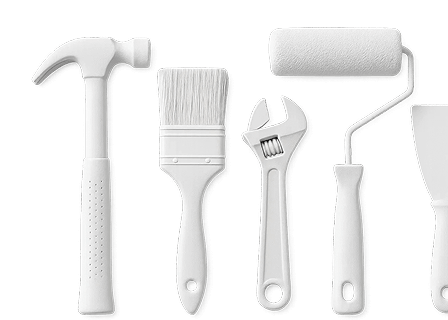

How to install a bathroom vanity
The bathroom fulfills many more roles today than it did a generation ago. Now, a bathroom is a multi-purpose space crucial to every member of the family, and sometimes it seems they all need to use it at the same time!
Essential to the modern bathroom is the vanity cabinet. A generation ago, these were simple cabinets, holding a sink and having a little storage space for perhaps toiletries or bathroom towels.
Nowadays, a bathroom vanity is this and so much more and, therefore, can be found in a number of designs and configurations. When opting to redesign your bathroom, selecting the perfect vanity is crucial. Another important consideration – can you install it by yourself?
If you have previous experience installing cupboards around your house then installing a bathroom vanity need not be a difficult task. Let’s look at a few steps you would need to follow to accomplish this.
Planning
By now you should have an excellent idea of the vanity you plan to install in your bathroom. Remember, the frame in particular should be constructed out of wood that can withstand moisture. These include maple, oak and cherry. If need be, draw a scale drawing of your bathroom using graph paper, showing the location of the cabinet relative to the toilet, bath and shower. Take into account how much space you will need for the vanity cabinets doors to open, something that is often overlooked until it is too late!
Preparation
First, you will need to clear your old vanity cabinet to put in the new one. Make sure you unscrew everything connected to the wall. Most vanity cabinets will have a baseboard between themselves and the wall. Remove that as well. Clean the area thoroughly, the walls that will be behind the vanity cabinet and the floor underneath. Repaint areas if necessary. Now check the cabinet to see if all holes for hinges, door handles and the like are pre-drilled. In all probability, they will be, but if not, this task is easier to accomplish before you hang the cabinet.
Measure up
At this point you may need to perform some measurements to ensure the vanity cabinet is placed in the correct position, for example, the exact center of a wall. Turn off all electrical and water points. Locate pipes in the wall so as not to drill into them. Now put your vanity cabinet where you would like to install it, make sure it is level and mark all the points where you need to drill to fasten it to the wall.
Cutting and drilling
In some cases, you may need to cut out areas on the back of the vanity cabinet, either for plumbing or electrical wires. Do this before you fasten the cabinet to the wall. Drill the required holes where your vanity will attach to the wall.
Placement
Move the vanity cabinet into position, carefully placing all plumbing pipes in their correct holes cut out earlier. If the cabinet is hefty, consider moving it into place using a sheet as protection for your bathroom floor. Check that the cabinet is level. If not, this will be checked again once it is attached to the wall.
Mounting the cabinet
Now it’s time to finally mount your cabinet to the wall. Most would have come with the necessary screws, shims and studs to complete the job. If you are unsure, ask your local hardware store. As a rule of thumb, mount the top two corners first and check to see everything is level. Once the cabinet is secure, mount the top counter piece (if it is separate). Add the sink, taps and other final pieces and connect all the plumbing.
Almost done!
Now you need to apply a few finishing touches. Apply some silicone between the wall and the countertop. This will help seal against any water splashes. Finally, re-attach the doors.
If at any time you are unsure what to do or if you struggle with the bathroom vanity installation, perhaps it is best to call in a professional.
Additional Articles about Bathroom Vanities:
- Caring for your bathroom vanity cabinet
- Choosing the perfect bathroom vanity cabinet
- Should you consider DIY or use a professional
- Choosing the perfectly sized bathroom vanity
- How to install a bathroom vanity
- Getting the most out of your bathroom vanity storage space
- Choosing the correct top for your bathroom vanity
- Caring for a wooden bathroom vanity cupboard
- Bathroom vanity cabinet design trends
- Painting your bathroom vanity cabinet





